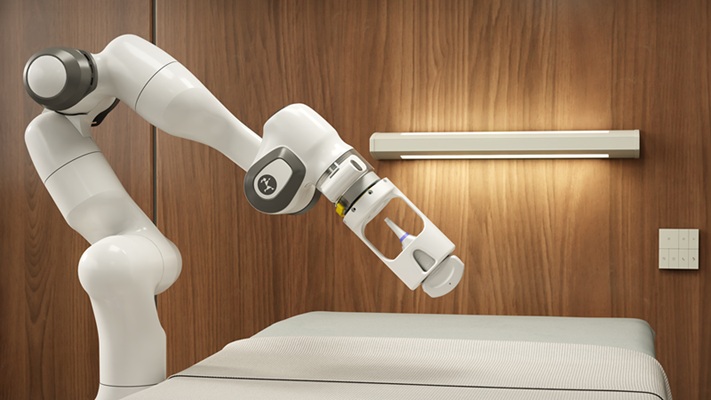Use of Advanced Imaging Surges in Emergency Departments
Posted on 08 Aug 2023
A new study reveals a significant surge in the utilization of advanced imaging within emergency departments (EDs), a trend that is projected to persist in the upcoming years. The findings, based on research conducted at a level 1 trauma center, indicate a notable increase of 5.5% in X-ray imaging, 35.5% in CT scans, and a staggering 56.3% rise in MRI usage over an eight-year period concluding in 2021. Even within a less critical setting, a level 3 trauma center, the statistics are striking: Ultrasound usage surged by 10.4%, CT utilization skyrocketed by 74.6%, and MRI adoption saw a 2% uptick.
For the study, researchers at Henry Ford Hospital (Detroit, MI, USA) delved into data collected from two EDs within a prominent health system in southeast Michigan. The time frame covered spanned from 2014 to 2021, with fluoroscopic exams, nuclear medicine, and imaging from interventional procedures excluded from the analysis. The study treated exams that encompassed multiple body sections under a single accession as a singular service. While most categories exhibited gains, ultrasound application in the level 1 trauma center experienced a 5.9% decrease over the study period, and radiography declined by 4.4% in the level 3 center. The total work relative value units (wRVUs) witnessed an increase of 34.9% in the level 1 center and a significant surge of 76.6% in the level 3 trauma center over the course of eight years.

Delving deeper into the statistics, the utilization of computed tomography angiography (CTA) showed a remarkable leap of 536.4% per ED encounter in the level 1 center and an astonishing surge of 1,669.1% in the level 3 trauma center. This substantial increase was influenced by the institution's implementation of a "CTA for all" policy in July 2017. The policy aimed to enhance the detection of large vessel occlusion in patients with acute stroke symptoms who presented within 24 hours of symptom onset. Meanwhile, the volumes of magnetic resonance angiography (MRA) head and neck imaging dropped in both locations, likely due to the emphasis on CTA. The notably larger increase in magnetic resonance imaging (MRI) at the level 1 center (56% compared to 2% at the level 3 center) could be attributed, at least in part, to differing ordering practices between the two locations.
Neuroimaging, particularly for brain and spine conditions, contributed significantly to the surge in MRI utilization within the ED. This rise in use of imaging is not solely a consequence of increased patient volumes, indicating that other external factors also played a role. Throughout the study period, the percentage of encounters resulting in admission remained relatively stable, and there was no discernible increase in patient complexity as the cause for the increased use of imaging.
“There are many proposed factors that may contribute to the increase in imaging utilization in emergency departments. For example, increased demand for rapid turnover, fear of malpractice litigation, and ability to bypass preauthorization requirements for advanced imaging all may play contributing roles,” the authors noted. “Future studies evaluating differences in ordering providers, patient demographics and patient presentations may elucidate additional trends in ED imaging utilization.”
“There is a disproportionate increased utilization of advanced imaging, such as CT, over time,” lead author Neo Poyiadji, MD, with Henry Ford Hospital, and co-authors concluded. “ED utilization trends suggest that there will be a continued increase in demand for advanced imaging interpretation, including at lower acuity hospitals; thus, radiology departments should prepare for this increased work demand.”
Related Links:
Henry Ford Hospital






 Guided Devices.jpg)







